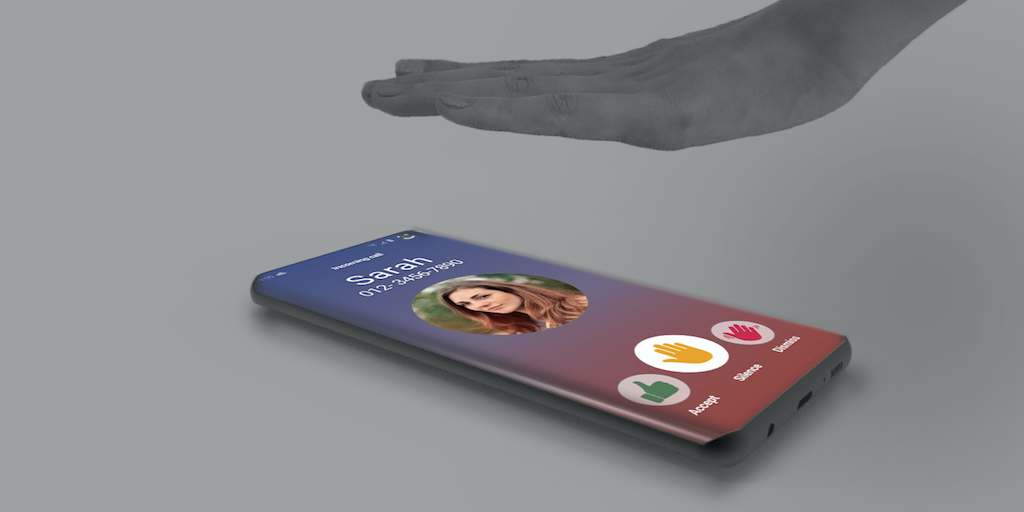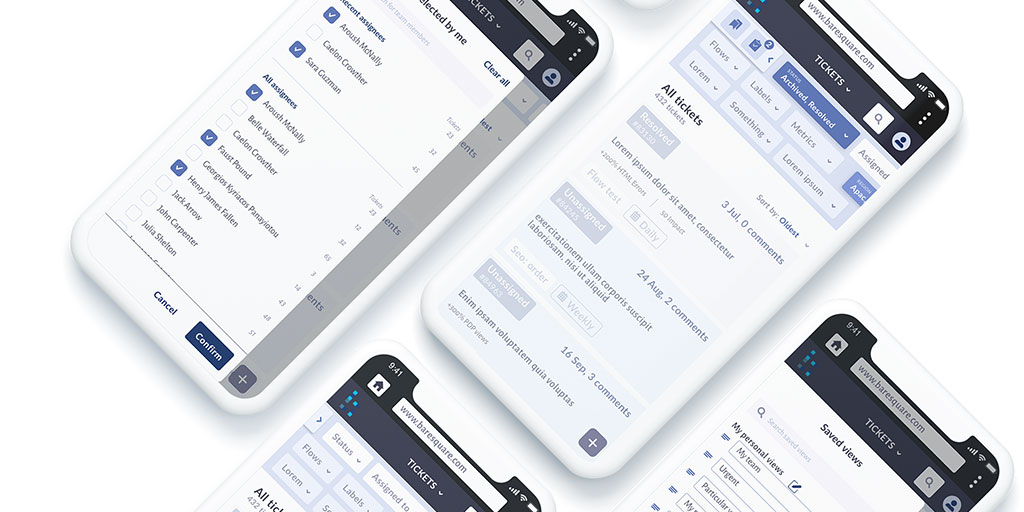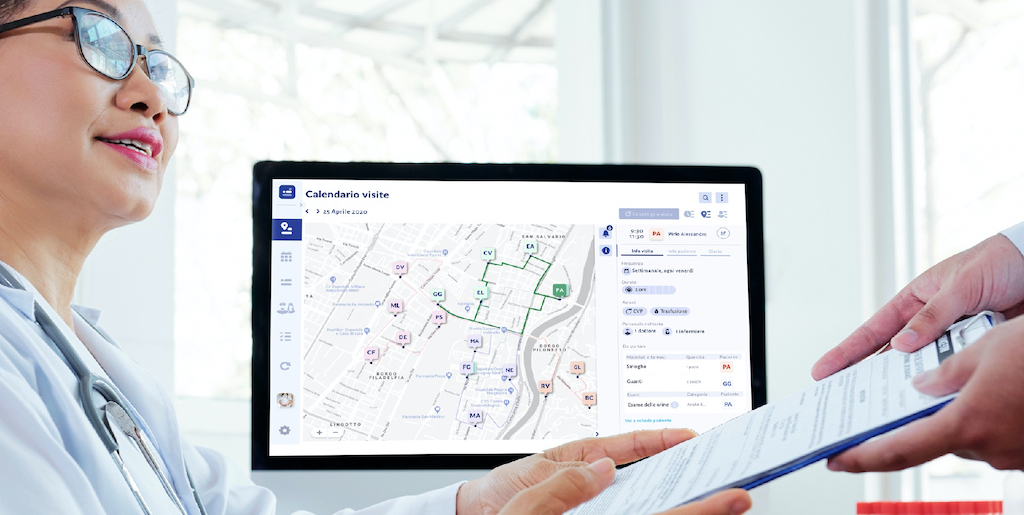Paper prototypes, or mock-ups, are used to test early iterations of a design concept. People are asked to represent the prospective users and to perform realistic tasks by interacting with a paper version of the interface. This helps us to test and refine concepts before developing higher fidelity prototypes.




